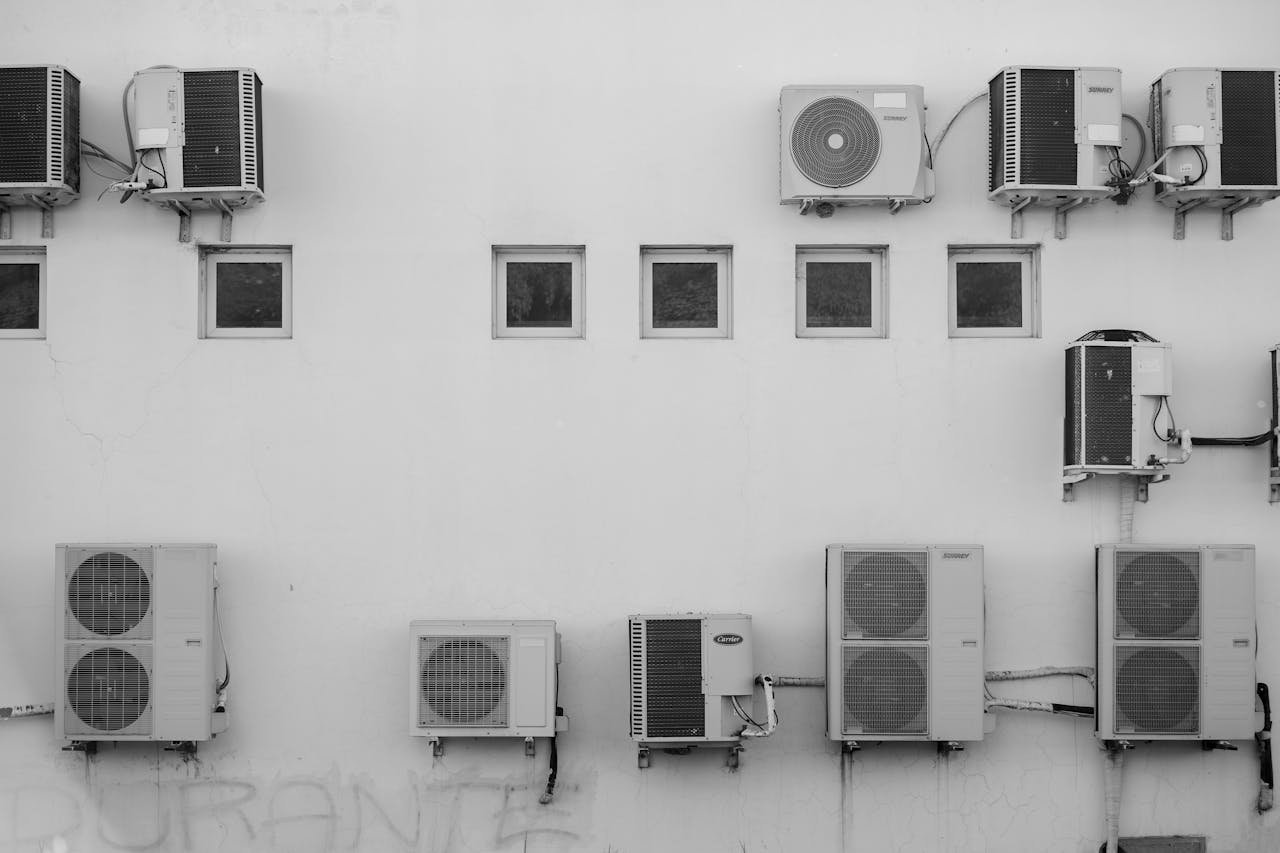As the summer sun beats down and the temperatures soar, you rely heavily on your air conditioner to keep your home cool and comfortable. But while that cool breeze feels great, the cost of running an inefficient AC might be slowly draining your wallet, without you even realizing it. Most homeowners think the biggest cost of air conditioning is simply the electricity bill. While that’s certainly a part of it, there’s a lot more happening behind the scenes.
When your AC isn’t working efficiently, it has to run longer and work harder to produce the same cooling effect. Over time, this strain can lead to higher energy bills, frequent repairs, and even a shorter lifespan for your system. If your unit is more than 10-15 years old, uses outdated refrigerant, or struggles to maintain consistent indoor temperatures, it may be time to take a closer look at how it’s performing.
Before long, that “still running” unit could be silently racking up avoidable costs, costs that might be better spent on long-term solutions. That brings us to one of the most important first steps in managing your home’s energy use and maintenance budget: identifying when your AC is no longer worth the patchwork fixes.
How to Know When It’s Time to Replace Your AC
There comes a point when constant maintenance and higher energy bills are no longer worth the temporary relief of holding on to an aging or inefficient system. If you’re noticing rooms that don’t cool evenly, rising electricity bills during peak seasons, or an AC unit that runs nearly nonstop, it may be time to replace your air conditioner. Replacing an older unit with a more energy-efficient model not only cuts your utility bills but also reduces the strain on your system and the environment.
Trusted HVAC professionals can help you evaluate your system’s performance and recommend options that align with your home size, insulation quality, and climate conditions. With newer models offering high SEER ratings, programmable thermostats, and eco-friendly refrigerants, the upgrade can provide long-term peace of mind, something quick repairs often can’t deliver.
Soaring Utility Bills: The First Red Flag
It’s easy to miss the gradual uptick in your energy bills until the monthly statements become hard to ignore. One of the biggest indicators of an inefficient AC system is the steady rise in utility costs without any major changes in your daily usage.
An air conditioner that’s struggling to keep up with cooling demands will cycle more frequently and for longer durations. This constant operation doesn’t just wear out components faster; it drives your energy consumption through the roof. When you’re shelling out more every month to stay comfortable, your wallet suffers even before major breakdowns occur.
Maintenance Overload and Emergency Repairs
Another hidden cost that creeps in with inefficient systems is maintenance fatigue. You may think you’re saving money by fixing small issues as they arise. However, when repairs start becoming routine rather than rare, your costs start to stack up quickly.
From refrigerant leaks and faulty capacitors to frozen coils and drainage issues, older or poorly maintained systems are prone to repeated problems. And each emergency repair often comes with a premium price tag, especially during peak season when HVAC technicians are in high demand.
By evaluating the frequency and cost of recent repairs, you can make an informed decision about whether you’re simply prolonging the inevitable and whether investing in a newer, more efficient system might actually save you money in the long run.
Health and Comfort Trade-offs
While costs are a major factor, inefficient AC systems can also affect your quality of life and even your health. Poorly performing air conditioners often fail to control humidity effectively. High humidity levels inside your home can lead to mold growth, dust mite populations, and overall discomfort.
Additionally, inefficient systems may not circulate or filter air properly. That means more allergens, dust, and pollutants floating around your living space. If you or your family members experience allergy symptoms or breathing difficulties that seem worse indoors, your HVAC system may be part of the problem.
Upgrading to a properly sized and energy-efficient AC can improve indoor air quality and ensure your home stays cool, dry, and comfortable, without the side effects of an overworked system.
Environmental Costs and Energy Waste
Energy efficiency isn’t just about your bills. It’s also about reducing your home’s carbon footprint. Older air conditioners typically use more electricity and may rely on refrigerants that are no longer environmentally safe. These systems consume excessive energy and emit more greenhouse gases over time.
By upgrading to a newer unit, you’re contributing to a more sustainable home and helping reduce strain on the power grid, especially during peak summer demand. Many states even offer rebates or tax incentives for switching to ENERGY STAR–certified appliances, further easing the upfront costs.
The Long-Term Financial Perspective
It might seem like a big investment to replace an AC system upfront, but the return on investment becomes clearer over time. Energy-efficient systems help you save consistently month after month, and the reduced need for repairs adds even more long-term value.
When you factor in improved comfort, indoor air quality, and lower environmental impact, the benefits of an efficient air conditioning system far outweigh the costs of hanging on to an outdated one. Plus, a modern AC system adds resale value to your home, something worth considering if you ever plan to sell.
An inefficient AC system doesn’t usually fail all at once; it breaks down slowly, and the costs sneak up on you. From higher bills and health issues to repair headaches and environmental waste, the hidden costs add up faster than you think.
Taking action early by assessing your current system’s performance and exploring replacement options can save you more than just money. It can help you create a healthier, more comfortable, and more energy-conscious home for the long haul.





